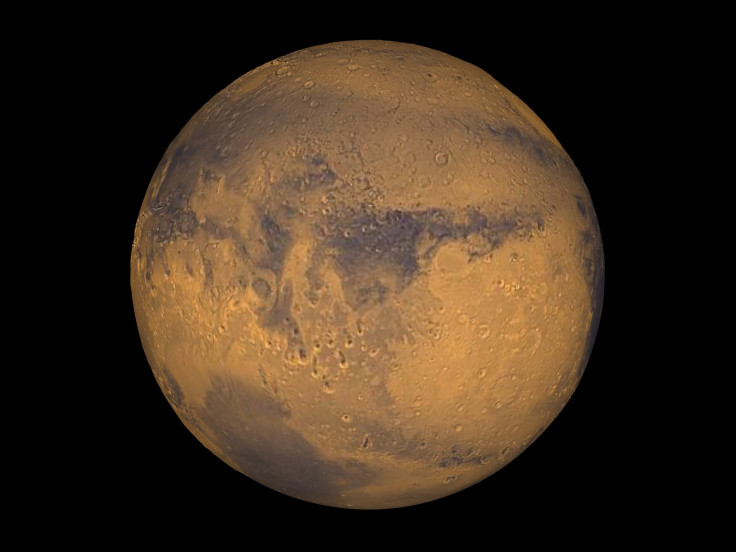Astronauts Are Training Underwater For Future NASA Mars Mission: Here's Why

NASA has sent a group astronauts, engineers and scientists to spend 16 days at the bottom of the Atlantic Ocean for a seemingly counterintuitive reason: to learn about space. The crew of intellectuals will be spending time there to prepare for deep space missions, as the microgravity environment deep down underwater is similar to that of spacecrafts.
The mission — called NASA Extreme Environment Mission Operations 21 — began July 21 at the Aquarius research station located 62 feet into the ocean. It will provide the team the opportunity to test tools, technologies and techniques that are being considered for future space trips. One test in particular will involve a mini DNA sequencer that NASA astronaut Kate Rubins is expected to be testing while on the International Space Station.
The crew will also simulate spacewalks underwater and, to kill two birds with one stone, they will collect samples for future geology and marine biology studies and partake in a coral restoration project.
“NEEMO 21 astronauts and crew will pioneer complex tasks on the seafloor utilizing the most advanced underwater navigation and science tools which are methodically choreographed to mimic a Mars exploration traverse,” said NEEMO Project Lead Bill Todd in a statement. “Equipment can fail, communication can be challenging and tasks can take longer than expected. Other tasks go just as planned. All cases are equally beneficial. It’s how we learn and how we are able to assemble all of this together so that someday we’re prepared for the unexpected when we are living on and traversing the Martian surface.”
NASA is preparing to send humans to Mars in the 2030s. Currently, the agency has robotic spacecrafts on the Red Planet with an Insight lander slated to make a journey in 2018 and development in-progress for a 2020 Mars rover.
“We’re excited to continue planning for the next decade of Mars exploration,” said Geoffrey Yoder, acting associate administrator for NASA’s Science Mission Directorate in Washington, in a statement.
© Copyright IBTimes 2024. All rights reserved.





















